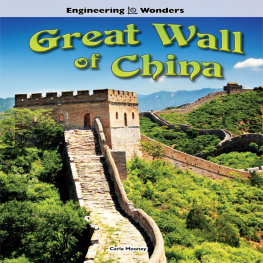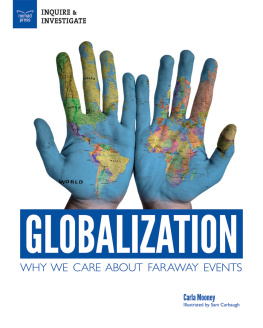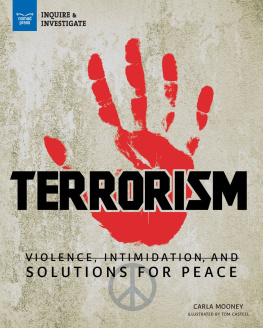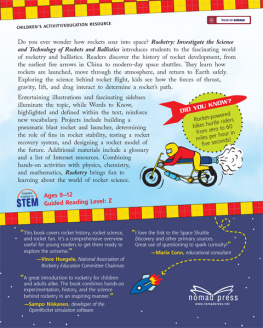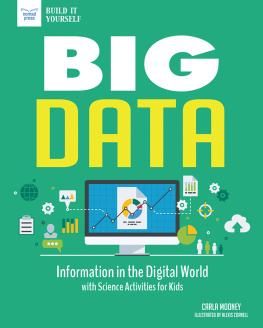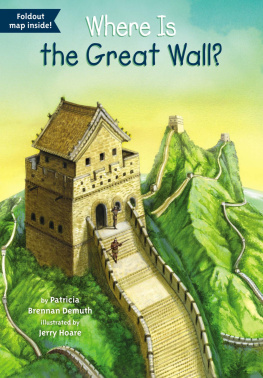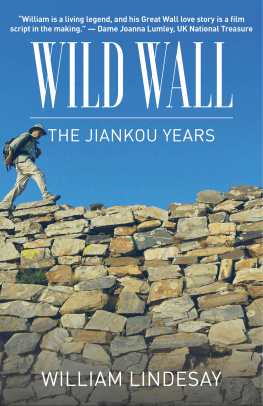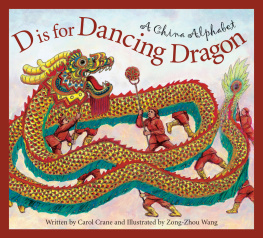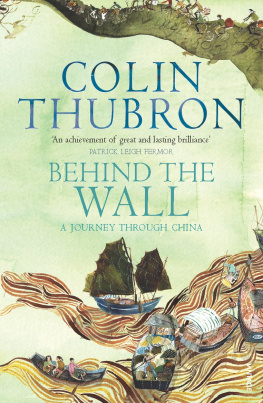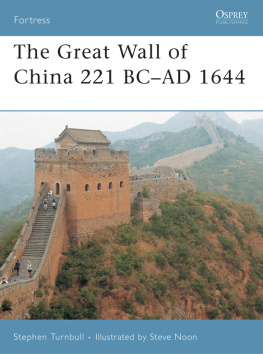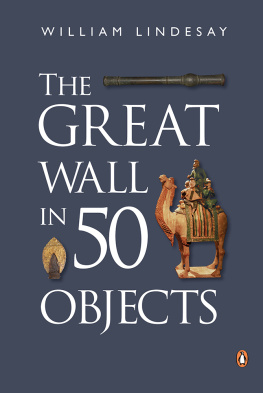Table of Contents
Guide
Great Wall of China
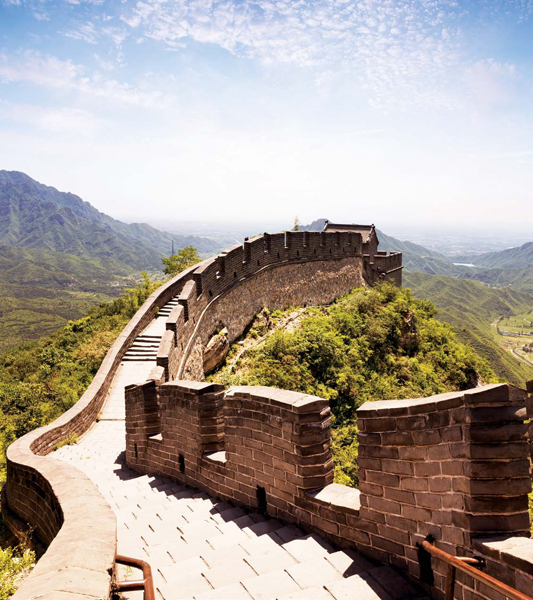
Carla Mooney

rourkeeducationalmedia.com | 
Scan for Related Titles
and Teacher Resources |
Before & After
Reading Activities | Level: S Word Count: 2,204 Words 100th word: throughout |
Before Reading:
Building Academic Vocabulary and Background Knowledge
Before reading a book, it is important to tap into what your child or students already know about the topic. This will help them develop their vocabulary, increase their reading comprehension, and make connections across the curriculum.
Look at the cover of the book. What will this book be about?
What do you already know about the topic?
Lets study the Table of Contents. What will you learn about in the books chapters?
What would you like to learn about this topic? Do you think you might learn about it from this book? Why or why not?
Use a reading journal to write about your knowledge of this topic. Record what you already know about the topic and what you hope to learn about the topic.
Read the book.
In your reading journal, record what you learned about the topic and your response to the book.
After reading the book complete the activities below.
Content Area Vocabulary
Read the list. What do these words mean?
barbarians
brims
dynasty
emperor
fortifications
foundation
frontier
garrison
kilns
nomadic
provinces
raided
reeds
relics
After Reading:
Comprehension and Extension Activity
After reading the book, work on the following questions with your child or students in order to check their level of reading comprehension and content mastery.
How did the purpose of the wall evolve over time? (Summarize)
Why is the wall in northern China only? (Asking questions)
Do you believe we should preserve history? Explain. (Text to self connection)
What do you think would have happened if the Chinese refused to build the wall? (Asking questions)
What words did the author use to help you visualize how the wall was created? (Visualize)
Extension Activity
While the Great Wall was meant to keep invaders out of China, the Silk Road was letting people in. Both have many differences but are also similar. Research the Silk Road and create a travel brochure. Highlight the history, important stops that offered services to travelers, and the contributions it made. Share your brochure with your teacher, classmates, or family.
A Giant Dragon
F or thousands of years, the Great Wall of China has stretched across Chinas northern . It winds like a giant, sleeping dragon from the Pacific coast in the east to the Gobi Desert in the west. It reaches across plains, mountains, and sandy deserts. It is the longest manmade structure in human history.

The Great Wall has been extended, modified, and repaired over the centuries.
Did You Know?
The Great Wall of China is about 5,500 miles (8,851.8 kilometers) long.
The Great Wall of China was originally built to protect Ancient China from invaders. The wall itself is not a single structure. Instead, it is a series of walls and (221 BCE- 206 BCE), the Han dynasty (206 BCE 220 CE), and the Ming dynasty (1368 1644).
The Great Wall of China stretches across northern China and has become one of the worlds most famous landmarks.
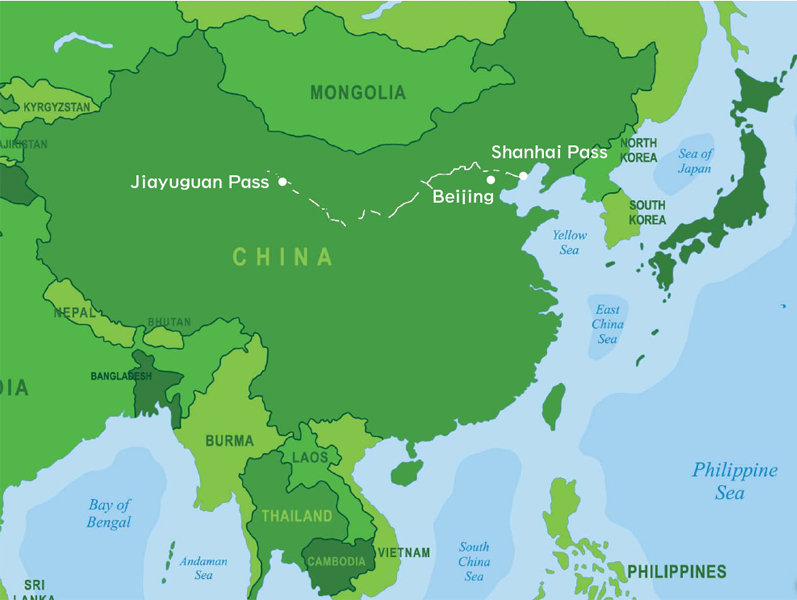
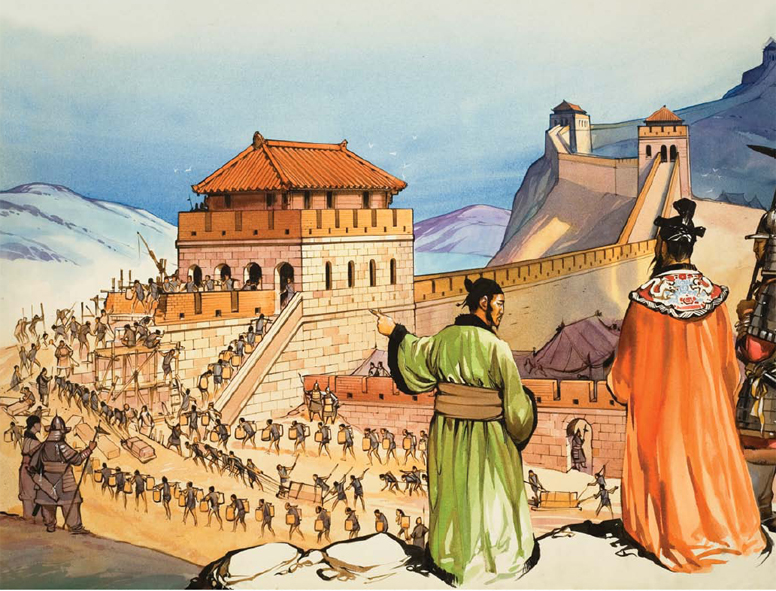
Thousands of workers carry materials by hand to build sections of the Great Wall.
Building the Great Wall was a massive undertaking. Many people and materials were needed to build this enormous structure. Workers built the Great Wall without sophisticated equipment or machines. They did not have electrical power or motors. Instead, people worked side-by-side to build the wall by hand. The work was hard and many workers died during the Great Walls construction.
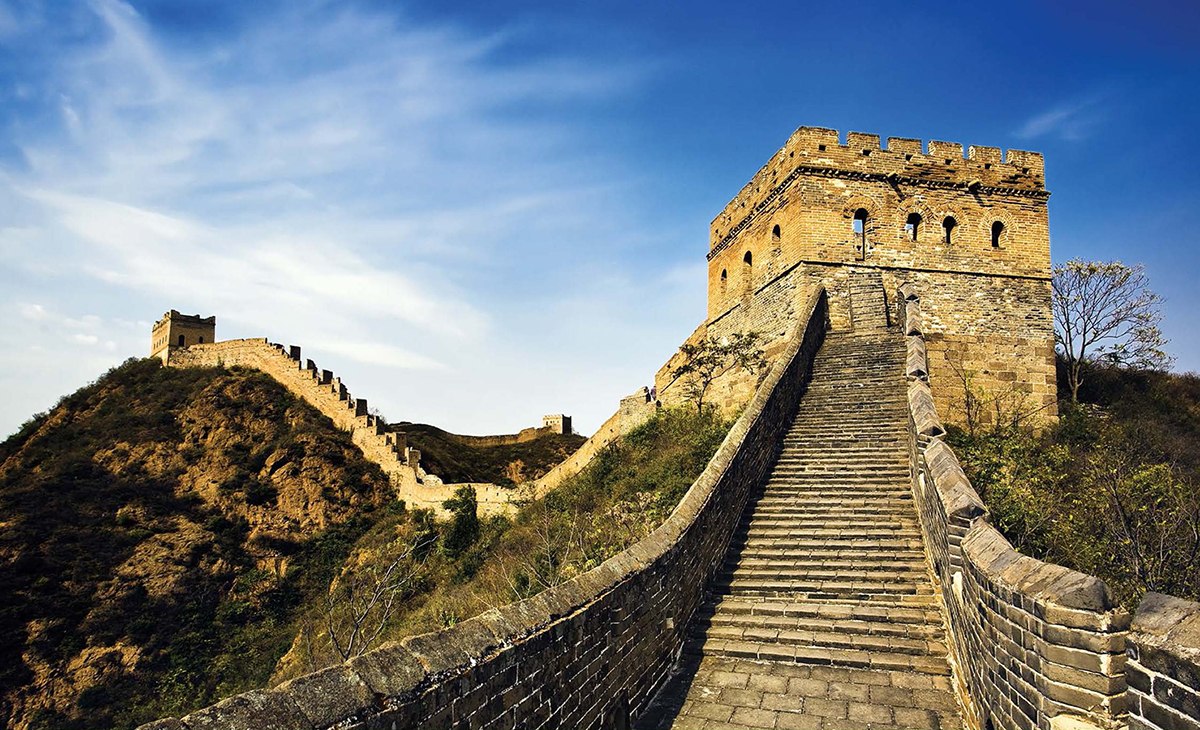
Although the Great Wall was designed to keep invaders out, it also helped to unify the Chinese people. It became a source of pride for China. Today, the Great Wall is a symbol of Chinas enduring strength and accomplishments.
Chinas First Walls
T he Great Wall may be Chinas most famous wall, but it is not Chinas first. The Chinese people built many walls before it. These walls were often built for protection. In ancient times, some Chinese people lived as hunters and gatherers. They roamed the land and hunted wild animals for food and clothing. Others settled as farmers. They tamed animals and planted crops. Groups of farmers formed small villages. These farming villages harvested food each season. They stored excess food and supplies until the next planting season.
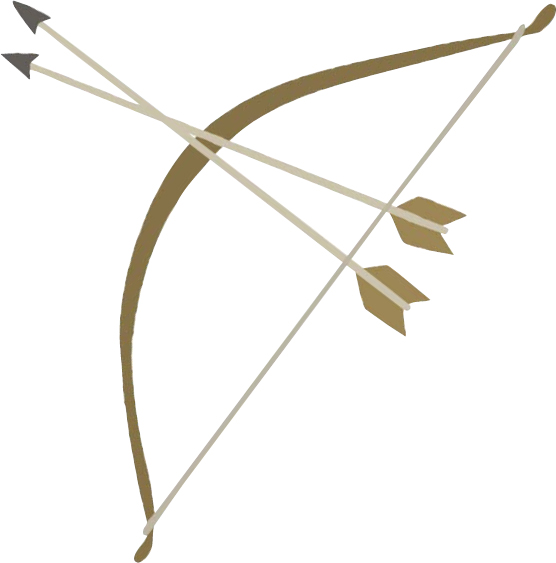
As people learned about the villages food stores, the residents faced danger from attacks.
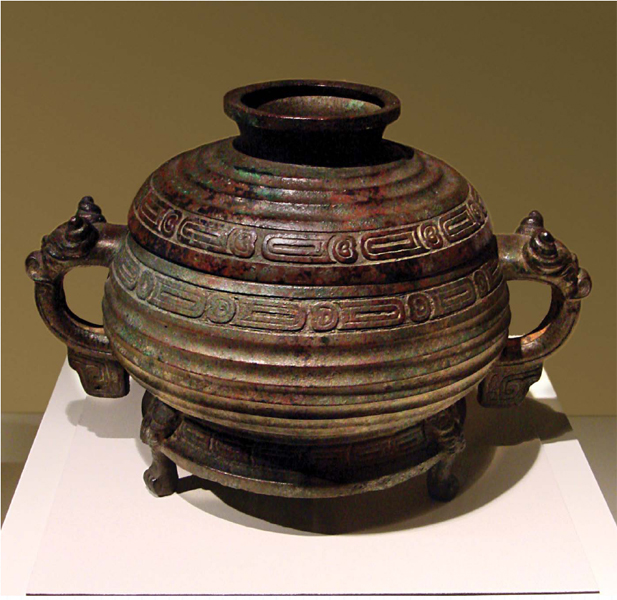
This is a food container from the Western Zhou dynasty (1046-771 BCE), which ruled over most of central China.
Hangtu Building Method
Most early Chinese walls were built using a primitive construction method called hangtu. The word hangtu comes from the Chinese words hang, which means beaten, and tu, which means Earth. The hangtu method used packed dirt to build walls. Builders first constructed a frame of wood planks or bamboo. Then they loaded dirt into the forms and packed the dirt with a pounding tool to remove any air pockets. This ensured the wall would not settle or sink. The workers slowly built the wall with many packed layers, each only a few inches thick. Once the wall reached the necessary height, the workers pulled away the wooden forms. A strong wall of tightly packed dirt remained.
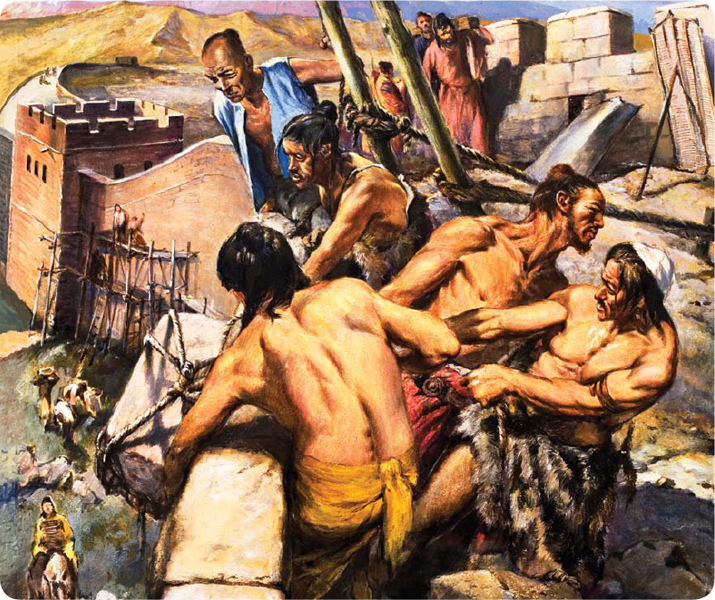
In Ancient China, the land was divided into seven states, each ruled by powerful nobles. These states frequently fought each other and northern for territory and power. This time was known as the Warring States Period (475 BCE 221 BCE). During these years, the rulers built walls across China to define and protect their territories. The walls surrounded entire states and stretched for hundreds of miles.

